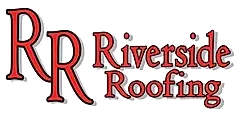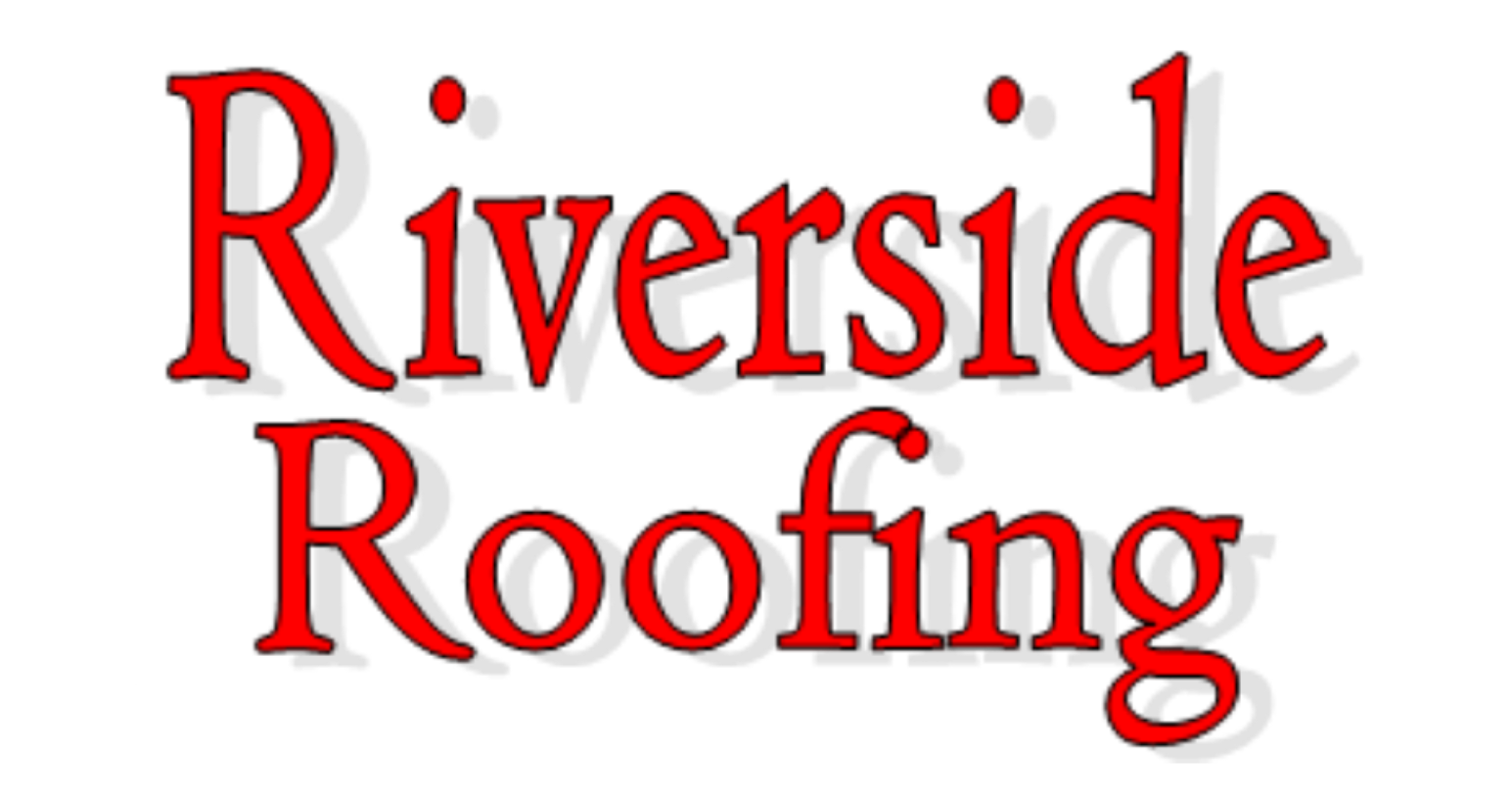Post-Storm Roof Damage Steps in Marysville, WA
Jen Woslager • October 15, 2024
This is a subtitle for your new post
When a storm hits Marysville, WA, it can leave a trail of destruction in its wake, particularly to the roofs of homes. Knowing what steps to take immediately after storm damage can save homeowners time, money, and prevent further damage. Here's a detailed guide on how to handle roofing damage after a storm, including how to document the damage for insurance claims.
1. Safety First
Before inspecting any damage, ensure it's safe to do so. Avoid going out during the storm or climbing on the roof immediately afterward. Check for downed power lines, structural damage to your home, and other hazards. Use a pair of binoculars to visually inspect the roof from the ground or use a drone if available.
2. Document the Damage
As soon as it's safe, document the damage to your roof. Take clear photos and videos from different angles, ensuring you capture the extent of the damage thoroughly. These visual aids will be crucial when you file an insurance claim. Also, keep a written log of the damages and any initial repairs or protective measures you undertake.
3. Temporary Fixes to Minimize Damage
To prevent further damage from rain or debris, consider temporary fixes. Covering holes or exposed areas with tarps securely fastened can help protect your home from the elements. Ensure this is done safely, or consider hiring a professional to avoid additional risks.
4. Contact Your Insurance Company
Inform your insurance company about the damage as soon as possible. Provide them with the documentation you've compiled. Most policies require prompt reporting and visual proof of damage. Your insurer will outline the next steps, which typically include filling out claim forms and arranging for an adjuster to visit your home to assess the damage.
5. Hire a Professional Roofing Contractor
Select a reputable roofing contractor in Marysville, WA, experienced in storm damage repairs. Look for licensed, insured, and well-reviewed professionals like Riverside Roofing. A trustworthy contractor can provide a detailed roof inspection, offer a repair estimate, and work directly with your insurance company to ensure the repairs are covered.
6. Assessing the Damage with an Expert
When the roofing contractor arrives, have them perform a thorough inspection to confirm the initial assessment. They should check not only for obvious damages like broken or missing shingles but also for less visible issues such as compromised waterproofing or damaged gutters.
7. Review the Repair Plan and Estimate
Discuss the repair plan with your contractor, understanding the scope of work, the materials used, and the timeline for completion. Ensure the repair plan covers all damages and that the materials proposed meet your needs and budget.
8. Permitting and Local Building Codes
Ensure that all roofing repairs comply with local building codes in Marysville, WA. Your contractor should handle the acquisition of any necessary permits before commencing work. Compliance with local codes not only ensures safety but also avoids legal complications.
9. Supervise the Repair Process
Although your contractor will handle the bulk of the work, stay engaged in the process. Monitor the progress of the repairs and check in regularly to ensure the work meets the agreed-upon specifications and quality standards.
10. Final Inspection and Follow-up
Once repairs are completed, conduct a final walk-through with your contractor. Make sure all work has been performed to satisfaction and that the site is cleaned up. Ask about maintenance tips and any follow-up inspections or work that may be needed in the future.
Before inspecting any damage, ensure it's safe to do so. Avoid going out during the storm or climbing on the roof immediately afterward. Check for downed power lines, structural damage to your home, and other hazards. Use a pair of binoculars to visually inspect the roof from the ground or use a drone if available.
2. Document the Damage
As soon as it's safe, document the damage to your roof. Take clear photos and videos from different angles, ensuring you capture the extent of the damage thoroughly. These visual aids will be crucial when you file an insurance claim. Also, keep a written log of the damages and any initial repairs or protective measures you undertake.
3. Temporary Fixes to Minimize Damage
To prevent further damage from rain or debris, consider temporary fixes. Covering holes or exposed areas with tarps securely fastened can help protect your home from the elements. Ensure this is done safely, or consider hiring a professional to avoid additional risks.
4. Contact Your Insurance Company
Inform your insurance company about the damage as soon as possible. Provide them with the documentation you've compiled. Most policies require prompt reporting and visual proof of damage. Your insurer will outline the next steps, which typically include filling out claim forms and arranging for an adjuster to visit your home to assess the damage.
5. Hire a Professional Roofing Contractor
Select a reputable roofing contractor in Marysville, WA, experienced in storm damage repairs. Look for licensed, insured, and well-reviewed professionals like Riverside Roofing. A trustworthy contractor can provide a detailed roof inspection, offer a repair estimate, and work directly with your insurance company to ensure the repairs are covered.
6. Assessing the Damage with an Expert
When the roofing contractor arrives, have them perform a thorough inspection to confirm the initial assessment. They should check not only for obvious damages like broken or missing shingles but also for less visible issues such as compromised waterproofing or damaged gutters.
7. Review the Repair Plan and Estimate
Discuss the repair plan with your contractor, understanding the scope of work, the materials used, and the timeline for completion. Ensure the repair plan covers all damages and that the materials proposed meet your needs and budget.
8. Permitting and Local Building Codes
Ensure that all roofing repairs comply with local building codes in Marysville, WA. Your contractor should handle the acquisition of any necessary permits before commencing work. Compliance with local codes not only ensures safety but also avoids legal complications.
9. Supervise the Repair Process
Although your contractor will handle the bulk of the work, stay engaged in the process. Monitor the progress of the repairs and check in regularly to ensure the work meets the agreed-upon specifications and quality standards.
10. Final Inspection and Follow-up
Once repairs are completed, conduct a final walk-through with your contractor. Make sure all work has been performed to satisfaction and that the site is cleaned up. Ask about maintenance tips and any follow-up inspections or work that may be needed in the future.
Following these steps can help Marysville homeowners navigate the aftermath of a storm with confidence. Remember, quick and efficient actions not only mitigate the risks of further damage but also streamline the recovery process, ensuring your home returns to its pre-storm condition as swiftly as possible.


